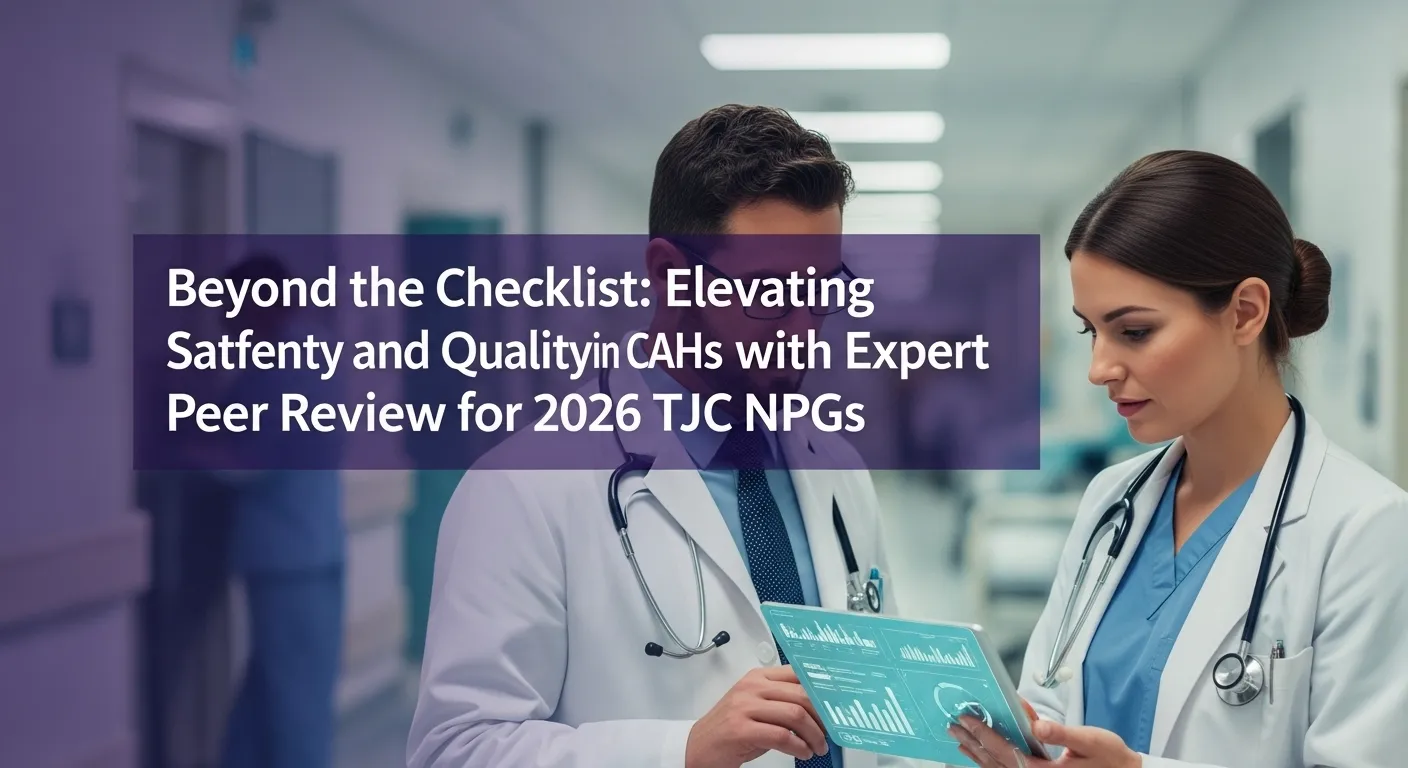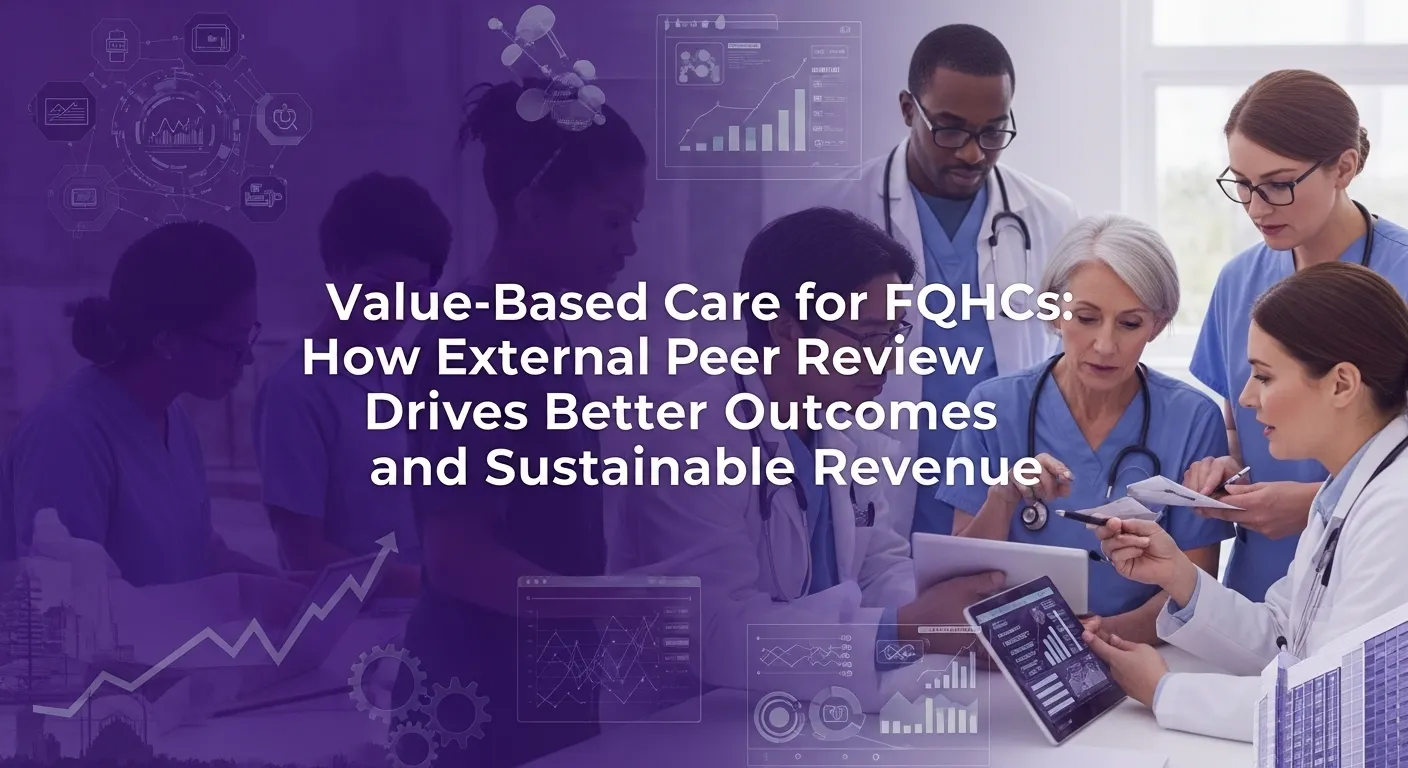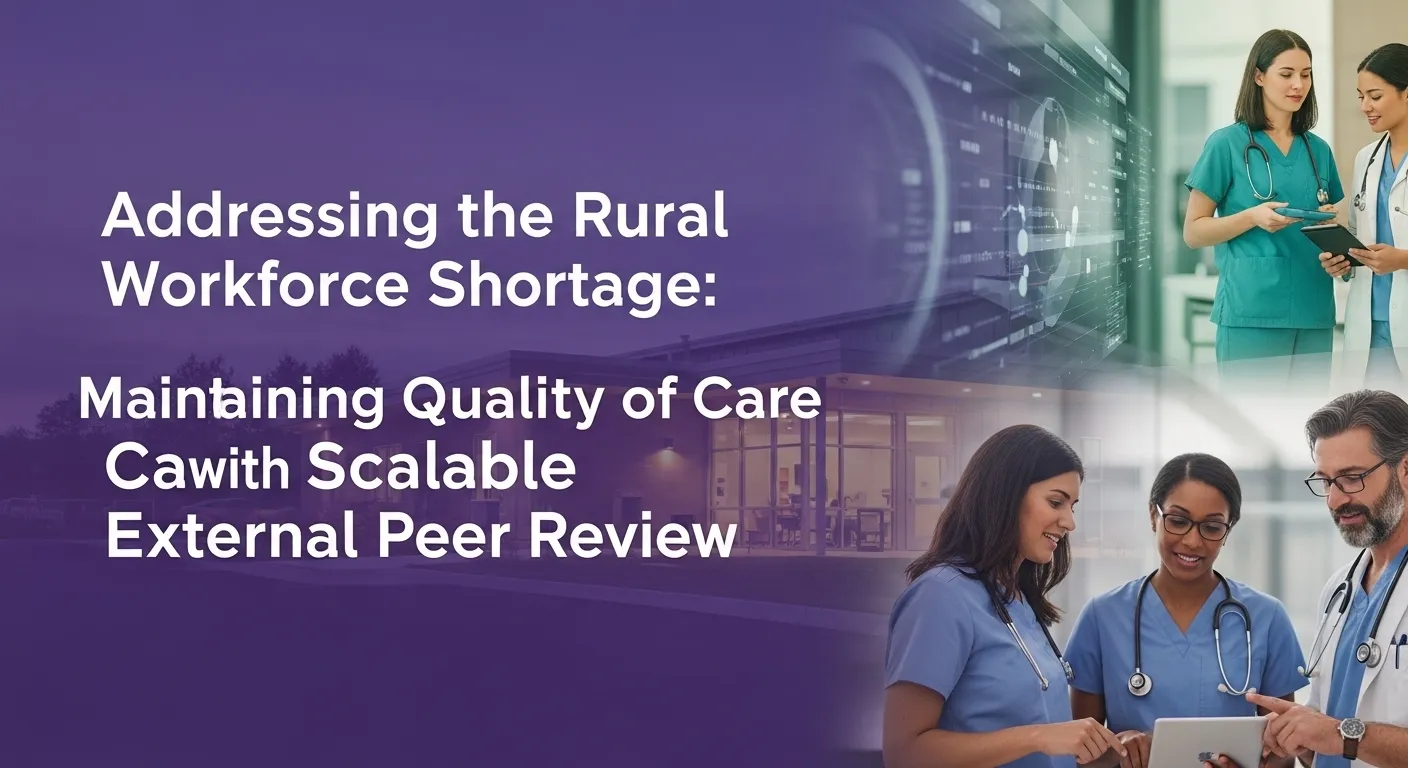
Table of Contents

Beyond the Checklist: Elevating Patient Safety and Quality in CAHs with Expert Peer Review for 2026 TJC NPGs
Elevate CAH patient safety for 2026 TJC NPGs. External peer review by Medplace provides unbiased, expert insights, reduces admin burden, and ensures compliance.
Critical Access Hospitals (CAHs) operate at the heart of rural healthcare, providing essential services under unique operational constraints. As we look towards 2026 and the updated Joint Commission National Patient Safety Goals (NPSGs), the pressure to demonstrate robust patient safety and quality initiatives will only intensify. While checklists are vital, true excellence in patient care and compliance goes beyond mere adherence. It demands a proactive, objective, and expert approach to quality oversight, particularly through peer review.
The Evolving Landscape of Quality and Compliance
The Joint Commission's National Patient Safety Goals provide a framework for hospitals to address critical patient safety concerns. For CAHs, meeting these NPSG requirements, alongside HRSA and CMS standards, means constantly evaluating and improving clinical processes. A foundational element of any strong quality program is peer review. However, traditional internal peer review processes can often fall short, leaving CAHs vulnerable to audit findings and missing opportunities for genuine improvement.
The Limitations of Traditional Internal Peer Review
Many CAHs face significant hurdles in maintaining an effective internal peer review program:
- Internal Bias and Politics: Reviews conducted by colleagues, especially in smaller, close-knit environments, can be prone to bias, discomfort, or an unwillingness to deliver critical feedback, impacting objectivity and the integrity of the process.
- Shortage of Qualified Reviewers: With limited staff, finding available clinicians with the specific subspecialty expertise to objectively review complex cases is a constant challenge. This often leads to reviews being conducted by non-specialists, undermining their depth and defensibility.
- Administrative Overload: Managing the peer review process—scheduling, tracking, documentation, and follow-up—can place a heavy administrative burden on quality and risk management teams, diverting resources from other critical tasks.
- Inconsistent Documentation: Internal processes may lack standardized reporting, making it difficult to demonstrate diligence during site visits or to aggregate data for pattern analysis.
Why External, Specialty-Matched Peer Review is a Game-Changer
Shifting to an external peer review service, particularly one like Medplace, addresses these challenges head-on and offers transformative benefits for CAHs.
Objectivity and Expertise
External reviewers provide an unbiased, objective perspective, free from internal relationships or organizational politics. Medplace leverages a vast network of subspecialist physicians, ensuring that each case is reviewed by an expert in the precise clinical area. This level of expertise leads to:
- More Accurate and Defensible Reviews: High-quality, specialty-matched feedback is invaluable, improving clinical documentation and reducing legal or compliance risk.
- Enhanced Provider Engagement: Clinicians are more likely to accept and learn from feedback when it comes from an equally qualified, objective peer. This fosters a culture of continuous improvement and boosts provider satisfaction and retention.
Efficiency and Administrative Relief
External solutions significantly streamline the entire peer review workflow:
- Digitally Streamlined Systems: Medplace's platform reduces administrative burden by automating submission, tracking, and reporting.
- Faster Turnaround Times: With access to a large pool of reviewers, Medplace typically delivers comprehensive reports within two weeks, ensuring timely feedback and intervention.
- Actionable Reporting: Reports include clear yes/no/NA scorecards, specific deficiency comments, overall summaries, and recommended action plans, providing concrete steps for improvement.
Enhanced Compliance and Risk Mitigation
Robust, external peer review creates a strong audit trail that effectively demonstrates due diligence and commitment to quality:
- Stronger Documentation for Audits: Comprehensive, objective review metrics and findings can be readily utilized for TJC site visits, HRSA audits, CMS requirements, and grant applications.
- Proactive Risk Management: By focusing on preventive, pattern-based reviews rather than just incident-based ones, CAHs can identify systemic issues before they lead to adverse events, reducing overall compliance risk.
Driving Provider Satisfaction and Organizational Success
A well-executed external peer review program is a powerful tool for elevating organizational performance. It not only ensures compliance and reduces risk but also significantly contributes to provider satisfaction by offering fair, expert, and constructive feedback. This creates a positive cycle: satisfied providers deliver higher quality care, which strengthens patient safety and enhances the CAH's reputation and competitiveness, especially in securing vital grants.
Making the Case for Investment: The Medplace Advantage
For CAH leaders — CEOs, CMOs, Quality Directors, and Risk Managers — demonstrating the ROI of investing in external peer review is crucial. Medplace's ROI Calculator helps quantify the benefits, illustrating how reduced administrative burden, mitigated compliance risks, and improved provider retention translate into significant financial and operational advantages. By partnering with Medplace, CAHs can ensure their peer review program is not just a checklist item, but a cornerstone of their commitment to excellence in patient safety and quality for 2026 TJC NPGs and beyond.

Mitigating Risk in Tribal Health: Proactive Patient Safety with Culturally Competent External Peer Review
External peer review offers Tribal Health Organizations unbiased, culturally competent assessments, reducing administrative burden, improving patient safety, and strengthening compliance documentation.
.png)
.png)

Value-Based Care for FQHCs: How External Peer Review Drives Better Outcomes and Sustainable Revenue
Medplace external peer review helps FQHCs thrive in value-based care. Gain objective insights, cut compliance risk, reduce admin burden, and boost quality, provider satisfaction, & revenue.
.png)
.png)

Addressing the Rural Workforce Shortage: Maintaining Quality of Care with Scalable External Peer Review
Combat rural healthcare shortages and maintain quality with scalable external peer review. Medplace offers objective, specialty-matched reviews, reducing burden and ensuring compliance.
.png)
.png)



.png)
.png)
.png)


.png)




.png)